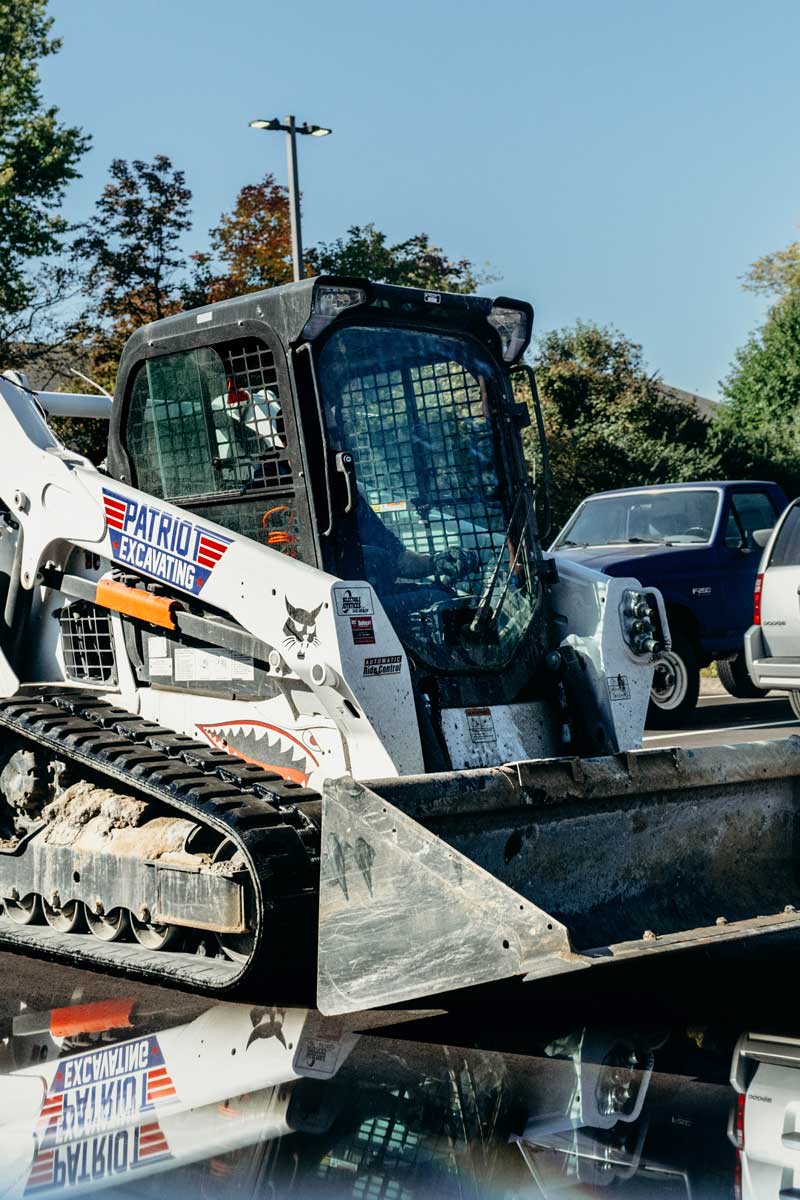Cave-ins are one of the most dangerous hazards in construction and excavation work. They can occur without warning, leading to severe injuries or even fatalities. Ensuring the safety of workers in trenches and excavation sites is not just a legal requirement but a moral obligation. In this article, we’ll explore the top 3 protection methods against cave-ins, helping you maintain a safe job site.For more on trenching and excavation safety, check out our excavation services page.
Understanding the Dangers of Cave-Ins
Before diving into the protection methods, it’s essential to understand why cave-ins are so dangerous. When the walls of a trench collapse, the force of the soil can be overwhelming. A cubic yard of soil can weigh as much as a car, and when it collapses, it can bury workers in seconds. This makes it crucial to implement effective safety measures and we would recommend reading more about the science behind soil stability at the American Society of Civil Engineers.
Top 3 Protection Methods Against Cave-Ins
1. Sloping and Benching
Sloping and benching are two techniques used to prevent cave-ins by modifying the angle of the trench walls.
What is Sloping?
Sloping involves cutting back the trench wall at an angle inclined away from the excavation. The angle of the slope depends on the type of soil being excavated:
- Type A Soil: Requires a slope of ¾:1 (53 degrees)
- Type B Soil: Requires a slope of 1:1 (45 degrees)
- Type C Soil: Requires a slope of 1½:1 (34 degrees)
Sloping reduces the risk of a cave-in by decreasing the pressure on the trench walls.
What is Benching?
Benching is a method where the sides of the trench are cut into a series of steps, or benches. This technique is often used in conjunction with sloping to provide additional stability. Benching is particularly effective in deeper trenches where sloping alone might not be sufficient.
2. Shoring
Shoring involves the installation of support systems to prevent the trench walls from collapsing.
Types of Shoring
There are several types of shoring systems, each designed to provide support in different conditions:
- Hydraulic Shoring: Uses hydraulic pistons that are pumped outward until they press against the trench walls. This method is quick to install and adjust.
- Pneumatic Shoring: Similar to hydraulic shoring but uses air pressure instead of hydraulic fluid.
- Timber Shoring: Involves the use of wooden planks and beams to support the trench walls. This is a more traditional method but still effective in certain situations.
Shoring is particularly useful in trenches where sloping and benching are not practical due to space constraints or the type of soil. For more detailed guidelines on shoring, visit the OSHA Shoring Safety Standards.
3. Shielding
Shielding involves placing a protective shield, or trench box, inside the trench to protect workers from cave-ins.
What is a Trench Box?
A trench box is a sturdy structure made of steel or aluminum that is placed inside the trench. It is designed to withstand the pressure of a cave-in and protect workers inside the box. Trench boxes are particularly effective in deep trenches or in situations where the soil is unstable.
When to Use Shielding
Shielding is often used in conjunction with other methods like sloping or shoring. It is especially useful in trenches that are deeper than 5 feet, where the risk of a cave-in is significantly higher. Learn more about trench safety from the National Safety Council.
Additional Safety Measures
1. Regular Inspections
Regular inspections of the trench and protective systems are crucial for maintaining safety. Inspections should be conducted:
- Before the start of each shift
- After any event that could affect the trench’s stability, such as heavy rain or vibrations from nearby equipment
- Whenever there are changes in the trench’s depth or configuration
2. Training and Awareness
Ensuring that all workers are trained in trench safety is essential. Training should cover:
- Proper use of protective systems
- Recognizing the signs of a potential cave-in
- Emergency procedures in case of a cave-in
For comprehensive trench safety training resources, visit the National Safety Council.
3. Emergency Preparedness
Despite all precautions, emergencies can still happen. Having a well-defined emergency plan can make the difference between life and death. Ensure that all workers know:
- The location of emergency exits
- How to use emergency equipment like breathing apparatuses
- The procedures for calling for help
Conclusion
Cave-ins are a serious threat in any excavation or trenching operation. By implementing the top 3 protection methods—sloping and benching, shoring, and shielding—you can significantly reduce the risk of a cave-in and ensure the safety of your workers. Regular inspections, proper training, and emergency preparedness are also crucial components of a comprehensive safety plan and you can always stay updated on the latest in construction safety by visiting our blog.



